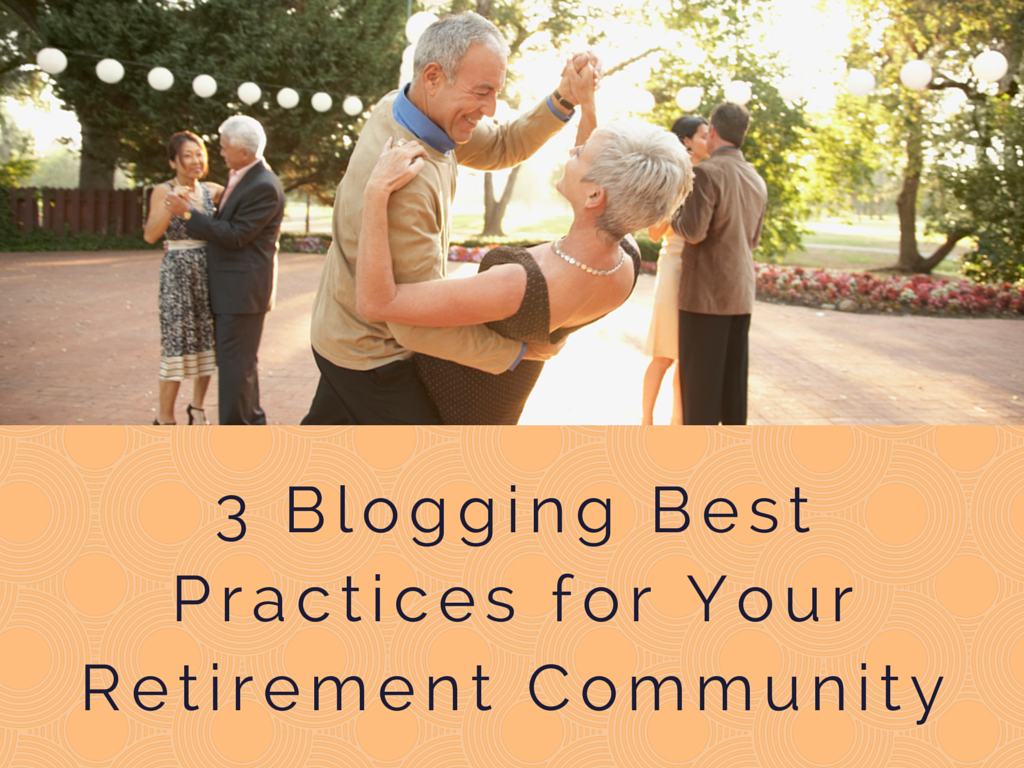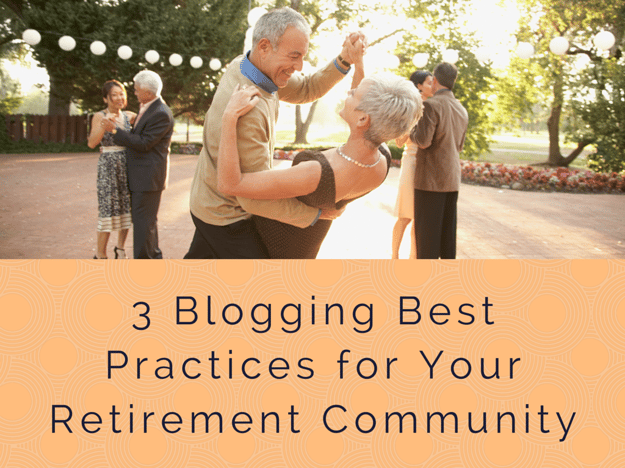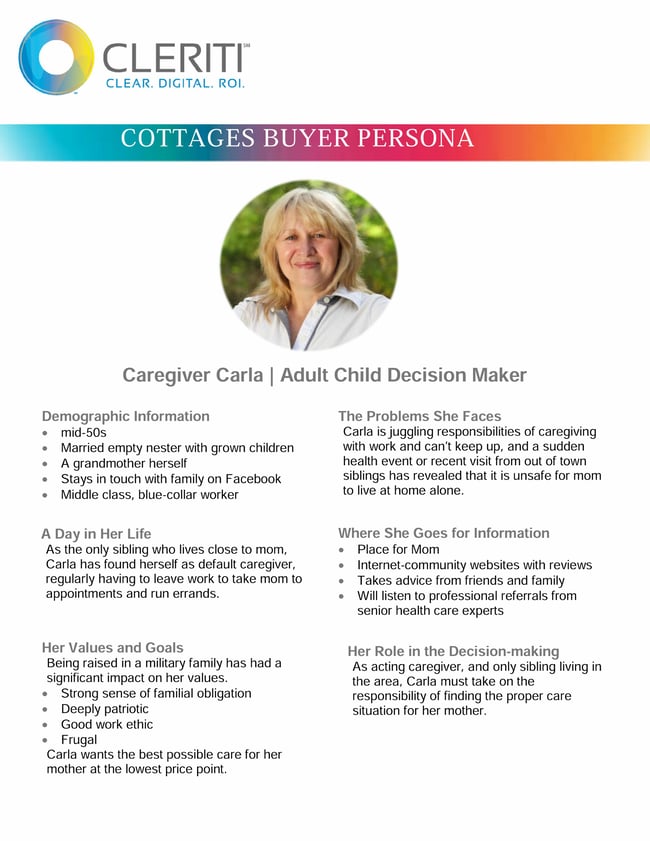- Apr 10, 2015
- By Emily Inman
- In Content Marketing
3 Blogging Best Practices for Retirement Community Marketing


If you’ve been a follower of the Cleriti blog, you probably already know that we’ve devoted a good deal of our time to helping retirement communities put themselves on the digital map, as it were.
Today, we’re going to dig a little deeper into one particular marketing tool that can help set you apart from the competition. But, first, let’s start with a practical exercise: Think of your top 10 competitors. Got them? Now, open new tabs in your browser, navigate to their websites and poke around a bit. I’ll wait.
In your browsing, you probably noticed that many of these sites had a number of features that were striking in their similarity:
- a main page with a large, central graphic of a smiling older adult or the community’s beautiful landscaping
- a header with links to different properties or services offered
- a prominently placed Contact Us form or link to a separate contact page
- some may have links to social media in the top or bottom right-hand corner
It’s practically an archetype.
Of those communities that had social media links, only half likely had a link to an active blog. But that number has been slowly creeping up in the last year as more communities hop on the content marketing bandwagon.
There is, however, a difference between having a blog and having a blog that works.
For your blog to be truly impactful, you must, in addition to publishing content on the regular, conform to 3 basic guidelines.
1. Have a Buyer Persona
Buyer personas—semi-fictional representations of a business’ best customer—may just be the single most critical element of any inbound marketing effort. They’re what give your strategy form and direction.
For those in the senior care industry, it may help to think of your buyer persona as the decision-maker rather than the buyer.
While, yes, ultimately, a new resident must agree to move into your community, in most instances it is actually an adult child who has been collecting research and planning tours. Likely, it was this child—often a daughter—who decided that mom or dad needed the structure and support offered by a retirement community in the first place. And even before this, she was likely acting as primary caregiver: sitting in on doctor’s appointments, managing medications, taking care of bills and shopping.
This is the person your blog must reach, but a Buyer Persona does more than just tell us who a decision-maker is. It also helps us understand how they think and behave. Here’s a look at a sample persona that we developed for a network of assisted living communities in the South.

As you can see, we don’t just stop at demographics. We dig into how this Persona—Caregiver Carla—goes about finding information, what information she is looking for, and even what kinds of people or resources she is willing to trust.
These are the kinds of things you need to know in order to create relevant, useful content that helps draw leads to your website and through your sales funnel.
2. Speak Your Audience’s Language
It’s all well and good that you can speak with authority on how technology platforms can improve cognition in older adults or the impact new reform legislation will have on Medicare plans. It’s definitely information that adult child caregivers will want and need to know, but if you aren’t using the right language, your posts aren’t likely to get much traction.
Your Persona is searching the web, and they are searching for the kind of expertise and information you offer on your blog. But they’re searching because they don’t understand the technical speak that is so often used in official reports and press releases. Your blogs should endeavor to explain issues and developments in senior care in a way that the average person understands.
Use plain, conversational speech. Leave the industry jargon for industry events.
3. Use the Terms Your Persona Is Searching
While Google updates of years past have severely limited the search data that you can mine for SEO purposes, it is still critical that you choose the right terms. Just as with the vocabulary you use in, if you aren’t using the terms your Persona is searching, you’ll have a difficult time getting eyes on your content.
Let your Buyer Persona guide you to your keywords. You may be reticent to use the term “nursing home”—and the desire to distance yourself from the cold, clinical, and often depressing nursing home of popular consciousness is certainly understandable—but searchers probably don’t share your reluctance.
If your Persona is searching for nursing homes, you need to incorporate the term into your content. You don’t need to talk about your organization as a nursing home—your content shouldn’t be about you anyway—but it should be peppered throughout your prose. Just don’t force it.
If you’re not sure what kinds of terms your Persona is searching, do a little keyword research. For those of you who, like me, prefer tools that are cheap as free, I recommend Wordtracker and this handy Keyword Tool.
Wordtracker uses a proprietary algorithm to determine the search volume of keywords you input. This tool is best used as a baseline measure as it has limited functionality with longtail keywords. If you’re looking for those longtail phrases, the keyword tool is for you. The tool functions somewhat like Google’s autocomplete, returning a whole host of related terms based on the generic keywords you search. Though the free version of the Keyword Tool doesn’t share search volume, it does give you an idea of what kind of terms people are actually using in search.





